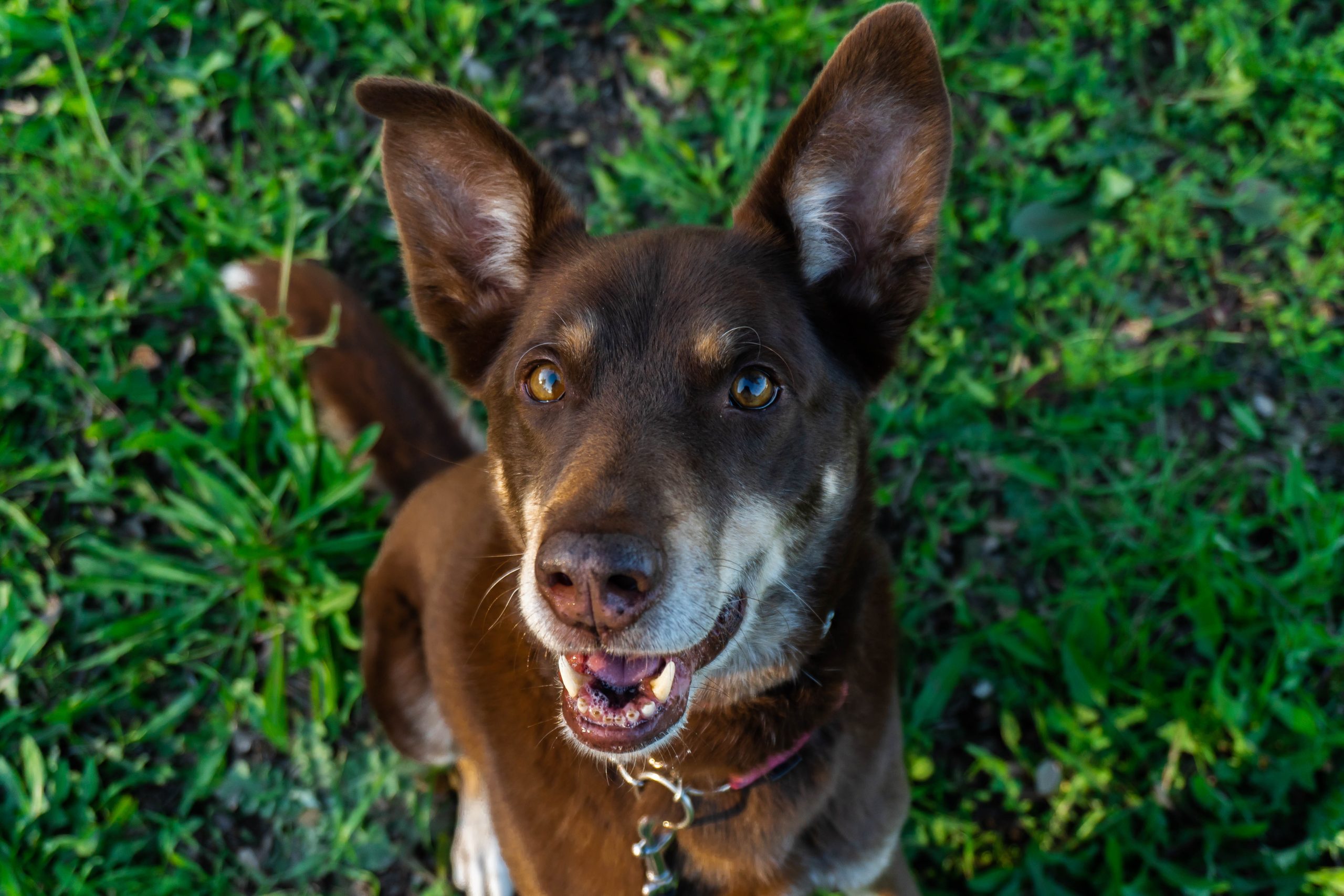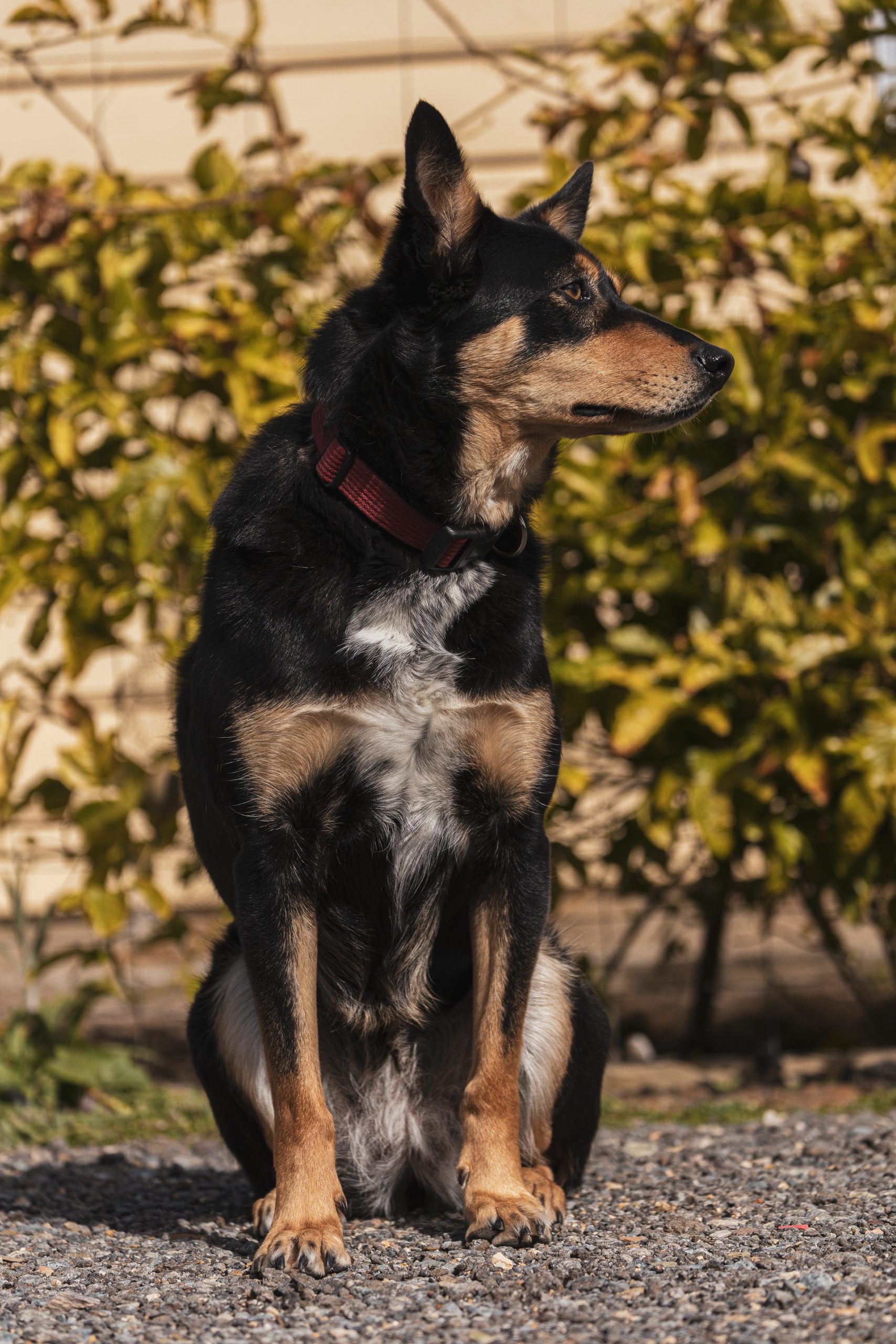The sheep population rose substantially once large tracts of land in the Australian States of New South Wales and Victoria were made available, to the point where some farms were over two million acres and housed over a quarter of a million sheep. Herding, which was once done by convicts, proved impossible in such vast areas, so wire fences were built and sheep were allowed to roam freely. Dogs were then required to handle sheep in such vast areas. It was necessary to create a canine that could thrive in Australia’s environmental challenges. Heat, unforgiving terrain, dust storms, and great distances were some of these conditions. The Kelpie, who could do the job of several men, worked nonstop in the hottest and dustiest conditions.
The ancestry of the Kelpie is contested, as it is with many breeds. However, there is no question that dogs transported from Scotland were the breed’s ancestors. These dogs were of the Collie breed, medium-sized, black and tan, longhaired, and with semi-pricked ears. Others were of the Collie breed but had smooth fur and erect ears. These canines also produced red (liver brown) puppies in their litter.





 Health
Health Grooming
Grooming Exercise
Exercise Training
Training Nutrition
Nutrition